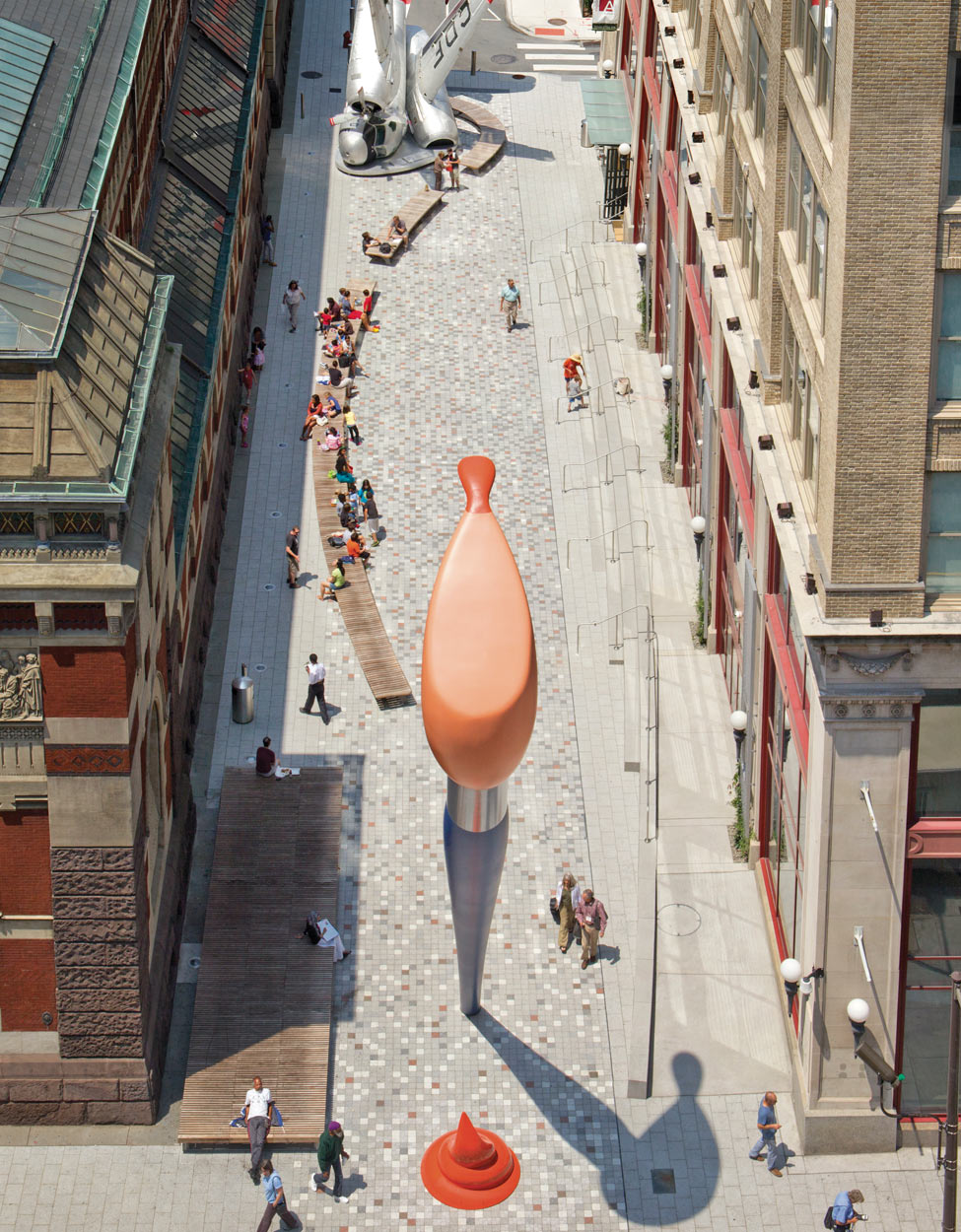Land Collective
It’s fitting that David Rubin chose to open his landscape architecture and urban design studio half a mile from the birthplace of the American experiment.
Residents of, or visitors to, Philadelphia who spend time moving in and out of the spaces he and his team have designed can’t help but sense the powerful currents of history, revolution and rebirth that flow through them.
Rubin is the founder of David Rubin Land Collective. His firm specializes in revitalizing and reimagining public spaces around the world that adhere to the relatively new philosophies of social sustainability and empathy-driven design.
The underappreciated irony of city dwelling is that despite the close physical contact shared by residents of urban areas, people are often so habituated to the particular groove they’ve carved for themselves that they rarely have opportunities to mingle with their anonymous neighbors.
“For the first time in human history, more people live in cities than outside of them, which makes this a fascinating time to work in landscape within those contexts,” Rubin tells me one balmy summer afternoon, as the two of us sit in his modern studio.
“Buildings typically serve a very specific constituency, but everything outside those buildings, and below them and even on top of them, can be accessible to the citizenry more broadly. Landscape is the most equitable design arena, because it’s the most inexpensive way to revitalize cities and has the largest impact on the most people.”
Nestled among eclectic art galleries and a bustling cultural scene, Land Collective’s studio is located in Philadelphia’s Old City District, not far from the Liberty Bell and Independence Hall, where the Declaration of Independence and the Constitution were adopted.
Stepping through the studio’s front door and into a small entryway, I immediately notice a floor-to-ceiling display of antique landscaping tools of every imaginable description—Rubin’s personal collection. At first glance the archaic iron and steel curiosities are simultaneously beautiful, fascinating and somewhat intimidating, superficially reminiscent of some particularly menacing medieval torture devices. But upon closer inspection, and with Rubin’s enthusiastic explanation of each tool, the fine craftsmanship of these impressive artifacts becomes apparent.
The entryway transitions into the main workspace, where his team of a dozen employees sit at one long, communal desk. They are surrounded in all directions by walls designed to endure endless pinning and tacking of new ideas for any given project the team is working on.
A former art gallery, the space has a cool, industrial vibe, with giant beams, exposed brick and, dangling about 20 feet up, a mirrored disco ball that Rubin, with a laugh, says on occasion can be jostled to life during a party. But at the moment, soothing jazz plays in the background, and the team is deep in concentration.


